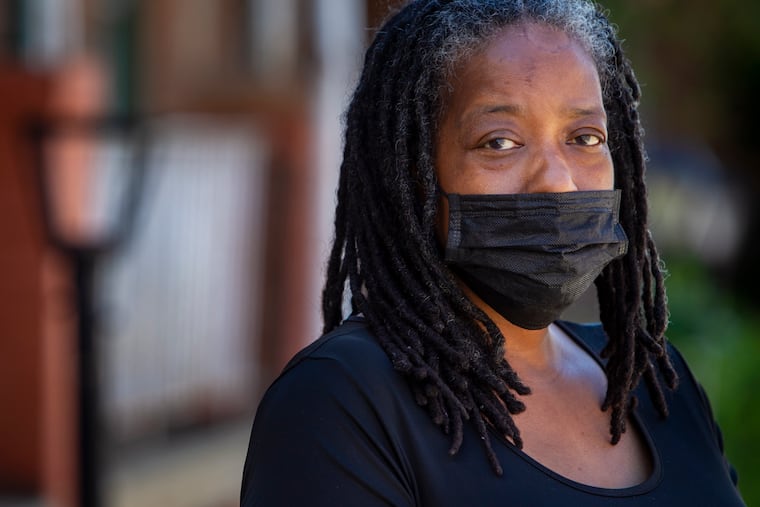How microaggressions in health care hurt minorities
Microagressions, despite what their name may suggest, can have outsized impacts on the healthcare of marginalized groups.

Microagressions, despite what their name may suggest, can have outsized impacts on the healthcare of marginalized groups.
